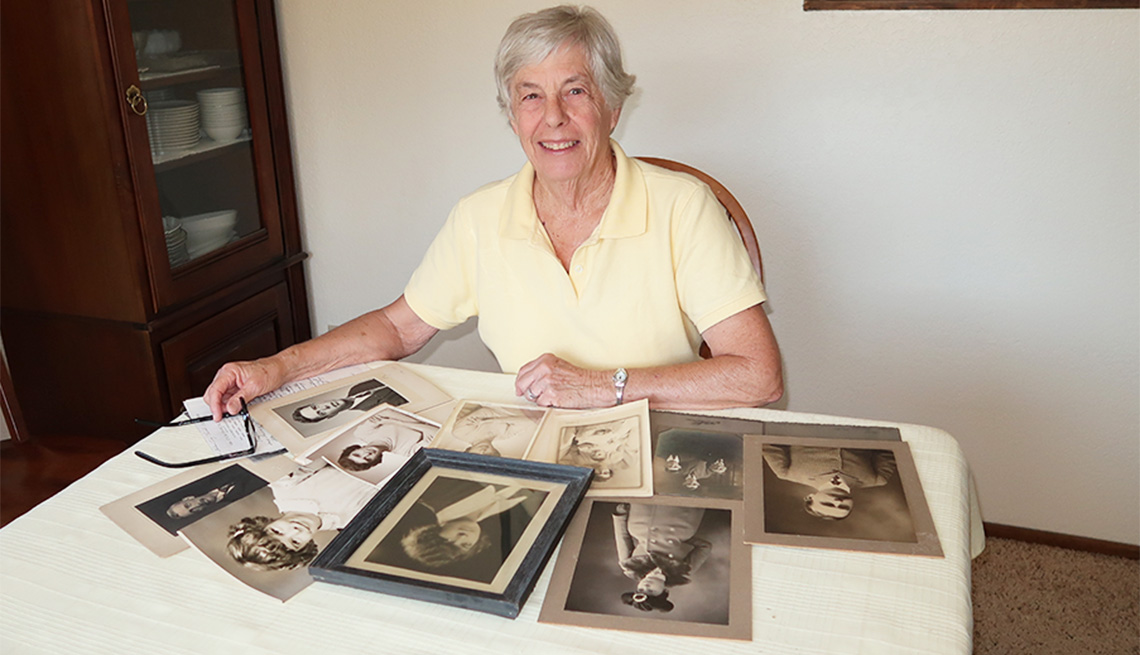Staying Fit
Millennials and Gen Zers feel right at home with quick-hit Instagram stories and TikTok videos. But there are ways to get them interested in the personal histories that can be gleaned from photo albums, scrapbooks and diaries.
As COVID-19-related cleaning binges turn up nostalgic treasures, now's the time to mitigate the risk of losing generations of family history and to captivate the interests of younger kin. That may mean finding subtle ways to attract their attention.


AARP Membership— $12 for your first year when you sign up for Automatic Renewal
Get instant access to members-only products and hundreds of discounts, a free second membership, and a subscription to AARP the Magazine.
"There are a lot of people our age with pictures in shoeboxes,” says Cindy Rovey, 73, of Sedona, Arizona. “Those pictures can be used to infuse a bit of history into the family through the back door.”
Make memories meaningful
Start by making your memories as relevant as possible to your audience and relaying them in small doses.
For example, when Rovey emailed her sister-in-law Becki some photos and descriptions from a cross-country trip they took when the two were much younger, Rovey copied her three children on the message as well.
"It was an opportunity to share some information with them without it being an actual lesson,” she explains. “They'll read three or four sentences. Sometimes I get a reply back or a question."
If the younger generation isn't asking questions that prompt discussion, craft narratives for them anyway, perhaps slipping them into anecdotes about when you were young
What was your favorite thing to do on weekends? How did you deal with getting teased in school? Why are you so frugal?




































































